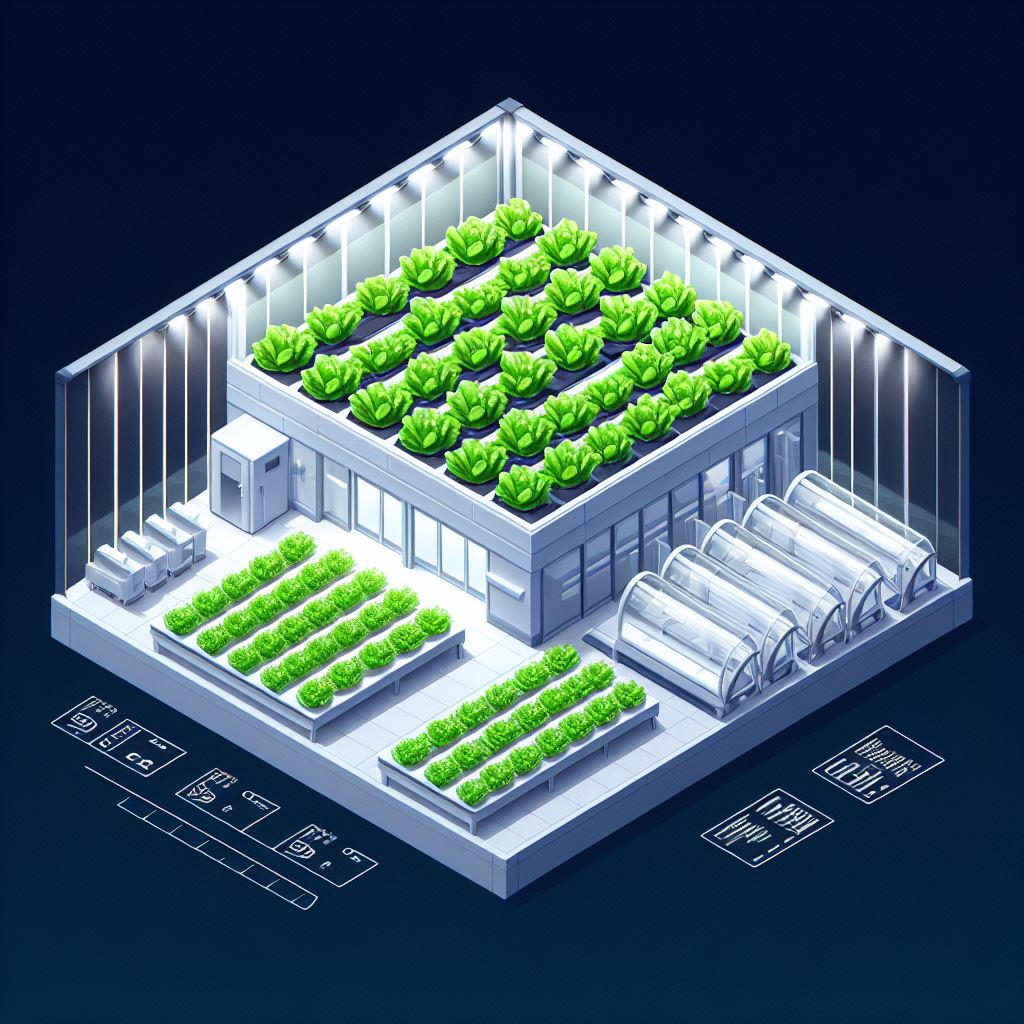
In the realm of Controlled Environment Agriculture (CEA), optimizing energy usage is a critical concern. Thankfully, Light-Emitting Diode (LED) lighting technology offers a powerful solution. This blog explores the intricate relationship between LED lights, energy efficiency, and plant growth within CEA facilities.
LEDs have become the dominant lighting source in CEA due to several key factors. Firstly, their high efficacy translates to significant energy cost savings by converting electricity into light far more efficiently than traditional High-Pressure Sodium (HPS) lamps. Secondly, LEDs emit specific wavelengths crucial for plant growth, unlike the broad spectrum of HPS lamps, reducing wasted energy. Finally, LEDs boast extended lifespans compared to HPS lamps, minimizing maintenance costs.
Maximizing energy efficiency with LEDs in CEA requires a multifaceted approach. One key strategy is matching the light spectrum to the specific needs of the plants being cultivated. Different plant species have varying responses to light receptors. Selecting LEDs with spectra tailored to the crop type optimizes light utilization and reduces unnecessary energy consumption.
Precise control over light level management is also essential. This involves monitoring the photosynthetic photon flux density (PPFD), which is the amount of photosynthetically active radiation reaching the plant canopy. Implementing sensors to monitor PPFD and adjusting light intensity based on the plant growth stage prevents over-illumination and wasted energy.
Another important aspect is photoperiodic control. This involves manipulating the duration of light exposure (photoperiod) and light deprivation periods to regulate plant development and optimize energy usage. Automation systems with timers and dimming capabilities can precisely control these photoperiods.
Beyond these core principles, there are advanced strategies to consider for even greater energy reduction. Dynamic light delivery utilizes sensors to adjust light intensity based on real-time plant needs and environmental conditions. This can significantly reduce energy consumption while maintaining optimal growth.
Integration with climate control systems is another tactic. Coordinating LED lighting systems with environmental controls like heating, ventilation, and air conditioning (HVAC) allows for a holistic approach. By reducing light intensity when temperatures rise, the need for excessive HVAC use diminishes, leading to overall energy savings.
In conclusion, LEDs offer a powerful solution for optimizing energy usage and reducing operational costs in CEA facilities. By implementing a strategic approach that considers light spectrum, light level management, photoperiodic control, and advanced automation strategies, growers can achieve significant energy savings while promoting optimal plant growth and yield. The future of LED lighting in CEA is bright, with continuous advancements promising even greater efficiency and precise control over light spectra. Research into plant photobiology will further refine our understanding of optimal light spectrums for various crops, leading to even more targeted and efficient lighting solutions. As LED technology evolves and integrates seamlessly with advanced automation systems, the future of CEA promises a sustainable and energy-conscious approach to agriculture.